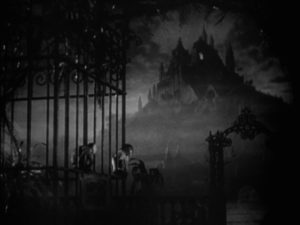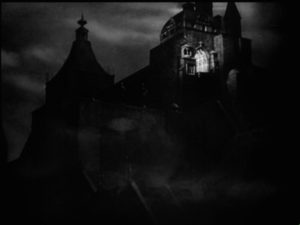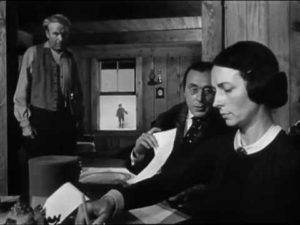Citizen Kane (Orson Welles, 1941) is widely regarded as the best film ever made by many critics largely because of its use of cinematography and editing, it was of a far higher standard than usual. At the time many camera shots were from the same heights, same angles – there was not a lot of variation.
Additionally, there was great use of editing in the film. The famous transition wipe scene in the opera house when the camera is rising and rising, the use of deep focus when Mrs Kane is signing the papers, the Xanadu miniature fading away to reveal the next shot. All these techniques were far ahead of their time and left the audience in awe.
Here is an example of a very good tracking shot, very few movies had used this kind of cinematography before and that is why Citizen Kane receives such high reviews
Here the camera is on what i presume is a crane which then moves up to a restaurant sign, through it and finally a transition is very well hidden with the stormy weather where rain covers the glass roof which then dissolves into the next scene. The creativity of this shot is what makes Welles such an amazing director and shows off his artistic capabilities in film.
Not only that but one of its most famous scenes situated at the beginning of the film in the opening sequence where the camera, through a series off dissolves transitions, zooms in on the room Kane is in, from the bottom of a mountain to the single room lit with a light. This kind of masterpiece of cinematography is what pioneered film into the wonder it is today and plays a huge part in what makes Citizen Kane one of the greatest movies of all time.


Furthermore, Welles’ use of deep focus in the scene in Mrs Kane’s boarding school causes the viewer to sympathise with Kane. Normally you would expect the camera to be focused om the conversation however in this instance it is focused on both the conversation and the subject of the conversation. We can feel as much a part of the conversation as we feel a part of Kane playing in the snow – this allows the viewer to connect with Kane on a more emotional level.

Deep focus was not widely used at the time and it was difficult to discretely create an emotional attachment with a character. That is why when these types of shots were introduced it shocked and inspired film critics and directors for decades to come.
